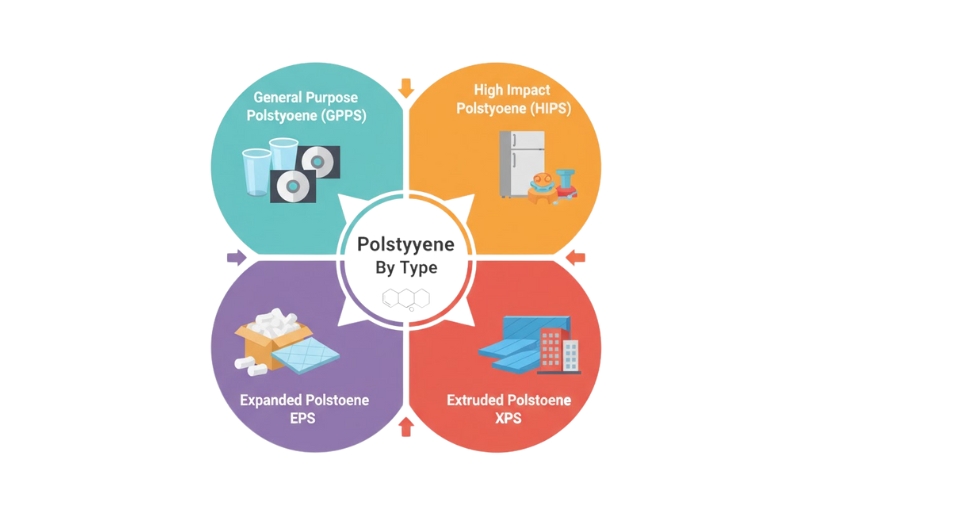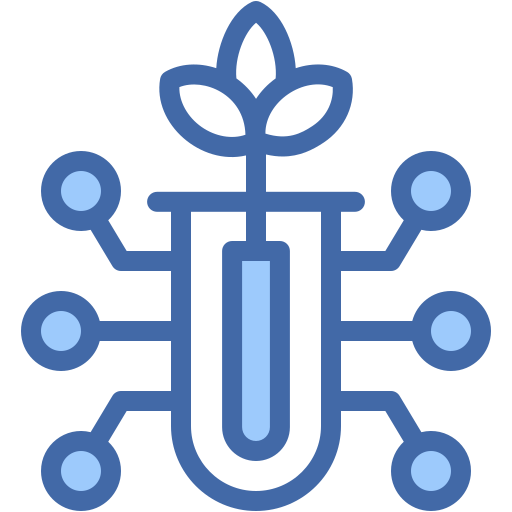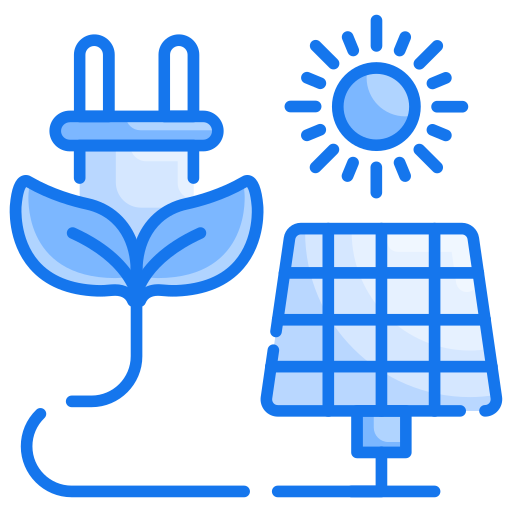Polystyrene Market To Reach $49 Billion by 2032

The global polystyrene market presented by Metastat Insight reveals a versatile material that dominates in most of the daily applications, such as product packaging and interior decorations. A tour of the retail environment is a vivid demonstration of the lightweight form of the finished products that reach the customers without moisture or breakage threats. The rise is still continuing for the materials that facilitate the logistics, keep the products fresh and the processes of making the products simpler across a variety of industries. The brands are looking for the solutions that will cut down on the production cycle while keeping the waste at a minimum. In such an environment, polystyrene is still the best option as it is the one that does not only offer design freedom but also retains reliable performance. The increasing discussions around the selection of materials, the recycling pathways, and the responsible sourcing have given a new lease of life to polystyrene and its role in the current industrial standards.
Industry Context
The manufacturers are always challenged to reduce complexity and uphold quality while at the same time dealing with high-speed production. Companies in packaging, personal care, medicines, and thermal insulation have started to look for moldable materials that can adjust to the rapid processing and provide dimensional consistency. The drawback of traditional materials is that they can cause delays in production or require more labour. Waste control while shaping or trimming becomes an issue, particularly when there are large quantities to handle.
Polystyrene easily fulfills these requirements through its excellent shaping properties and suitability for manufacturing conditions. When processing speed increases, the number of units delivered in a given time period also increases, allowing the companies to meet the deadline for the tightest of the orders. The features of low weight and bulkiness promote lower costs of transport and allow for flexible handling during the processes of storage and distribution.
How the Material Creates Value
Polystyrene molds are very accurately made and have the capability of housing difficult or simple shapes through modern and quick production processes. The presence of good thermal properties allows it to stay in the surface of insulating panels and cold-chain packaging with no special equipment.
Value also comes from the ability to design flexibly. Engineered or designer can easily produce components with the required properties that serve both function and aesthetics. Besides, the polystyrene's low weight does not create much burden for machinery or labour. In addition, polystyrene can be used for making products that have the same quality after each run, hence less waste and more production.
The durability of the material in everyday use makes it suitable for the packaging of products that have long shelf life. Permeability of plastics to moisture is a very important characteristic in the food industry; it maintains the freshness of the food from the depot to the shop. Very often, if not always, electronics and domestic appliances are encased in polystyrene for protection against physical damage during transit. In a word, polystyrene is a material that aids in the reduction of production steps, the creation of good visibility of the product, and the guarantee of its good performance.
Growth Story and Material Advancement
Polystyrene very quietly entered the scene of manufacture as companies looked for alternatives to heavier or more complex materials. Its use spread slowly but steadily as various sectors realized that faster deliveries were possible through simplified molding and design flexibility. The gradual process of producing new and better-quality additives and application techniques gradually established manufacturers' monopoly over the heat resistance characteristic, made the styrene foam stronger and broadened the field of its applications.
The methods of recycling still keep on getting better. New schemes are there to support the re-use of post-industrial scrap and the gathering of post-consumer materials. There are mechanical recycling and advanced recovery technologies being researched that aim at turning the waste into feedstock that is ready for fresh production cycles. Continuous development projects are being run by research institutions and commercial partners to enhance the quality of recyclability and to minimize waste at the end of a product's life cycle. Each improvement has the effect of spreading market confidence and persuading companies to adopt a long-term sustainability-oriented approach in their designs.
The trends of adoption on a regional and global scale
The high levels of packaging and consumer product activity in some developed countries create strong demand for polystyrene. The presence of strong industrial connections, sophisticated molding technologies, and concentrated retail areas all help maintain constant consumption. Rigid polystyrene boards are used in the construction and insulation sectors of cold climates due to their excellent thermal performance.
The new manufacturing locations in less developed areas have begun to attract attention. The usage of packaging for services in the food industry, electronics assembling, and cold-chain logistics has expanded, which resulted in more material that can go through the process at the same time and at a lower cost being used. The growing number of people living in cities drives the need for household and personal care products where polystyrene is needed for both transport and finishing of product parts vendors. When the location of production is moved, it brings along the possibilities for both local manufacturers and international suppliers.
Difficulties and Possibilities
The environment talk is still going on. Materials to be picked are examined based on availability of recycling, waste disposal, and reusability. A few countries have strict regulations that promote less usage of disposable packaging. Other players offering bio-based options fuel continuous comparison.
On the positive side, ongoing improvements in recycling facilities and pioneering recovery research build trust in eco-friendly polystyrene use. Manufacturers use recycled content in the making of new products, which curtails waste without losing quality. Collaborations among packaging companies, recyclers, and product designers investigate the areas where polystyrene could bring benefits in circular models. Breakthroughs in molding technology lead to the manufacture of more robust, yet lighter, parts. In addition to the pharmaceutical cold-chain and temperature-sensitive food deliveries, where polystyrene is still the strongest candidate, the demand for insulated packaging will continue to rise.
Why the Moment Matters
Industries push toward supply chain efficiency, reduced material waste, and cost-effective design. Polystyrene fits into these priorities through streamlined production, dependable performance, and strong compatibility with recycling initiatives under development. Packaging, construction, and consumer goods companies seek materials that support sustainability goals without sacrificing speed or usability.
The global polystyrene market presented by Metastat Insight reinforces how a familiar material continues to adapt to industrial expectations and sustainability objectives. Polystyrene stands positioned to support future manufacturing strategies, cleaner material cycles, and efficient product journeys from factory to end-use environments.
Drop us an email at:
inquiry@metastatinsight.com
Call us on:
+1 214 613 5758
+91 73850 57479
 Agriculture
Agriculture
 Aerospace and Defense
Aerospace and Defense
 Automation & Process Control
Automation & Process Control
 Automotive and Transportation
Automotive and Transportation
 Banking & Finance
Banking & Finance
 Biotechnology
Biotechnology
1.png) Chemicals and Materials
Chemicals and Materials
 Consumer Goods
Consumer Goods
 Energy and Power
Energy and Power
 Food and Beverages
Food and Beverages
 Healthcare IT
Healthcare IT
 Information & Communications
Information & Communications
 Manufacturing and Construction
Manufacturing and Construction
 Packaging
Packaging
 Pharmaceuticals
Pharmaceuticals
 Electronics and Semiconductor
Electronics and Semiconductor
 Medical Devices
Medical Devices







 US: +1 3023308252
US: +1 3023308252






